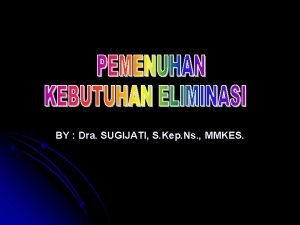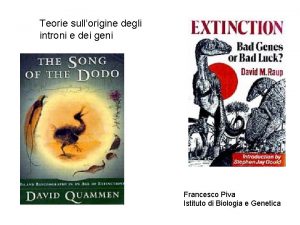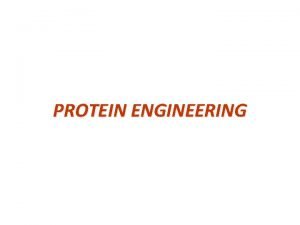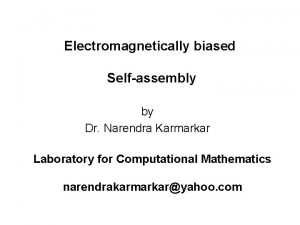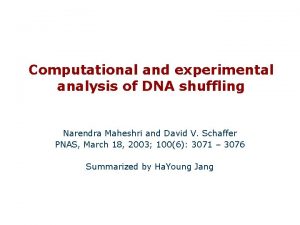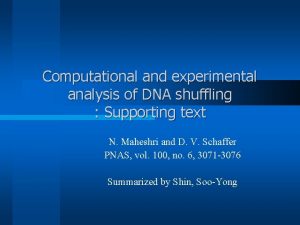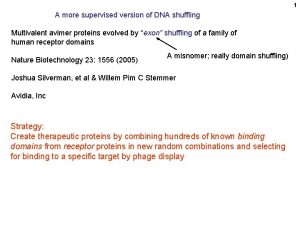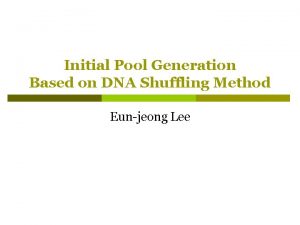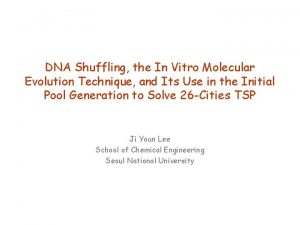Computational and experimental analysis of DNA shuffling Narendra








- Slides: 8

Computational and experimental analysis of DNA shuffling Narendra Maheshri and David V. Schaffer PNAS, March 18, 2003; 100(6): 3071 – 3076 Summarized by Ha. Young Jang

DNA shuffling

Model Development 100 -150 full-length sequences 1, 500 -5, 000 ss. DNA molecules Poisson fragmentation process Yield an exponential length distribution Reassembly process ss. DNA molecules randomly collide Decision is made whether the molecules will hybridize Hybridized molecules are extended with a fidelity and processivity

Model Development Determine that collisions are not limiting over typical experimental time scales. Calculate a Boltzmann weighted probability for each annealing event. (at least some minimum overlap – 7 base pairs) Nearest-neighbor model The fragment sequences are tracked throughout the process

Model comparison with experimental GFP shuffling

Model Insights The creation of “junk” sequences, or ones that do not resemble a full-length gene A natural tradeoff between the percent of sequences containing a fully reassembled product and the frequency of crossovers in those sequences The creation of multimetric reassembly peaks

Annealing thermodynamics Two-state model of hybridization in which two ss. DNA molecules transit directly between a single-stranded and doublestranded state. Does not currently consider gapped annealing events.

Conclusion Develop and validate a framework for modeling PCR-based in vitro genetic diversification processes that is designed to account for changes in nearly all of the experimental parameters involved.
